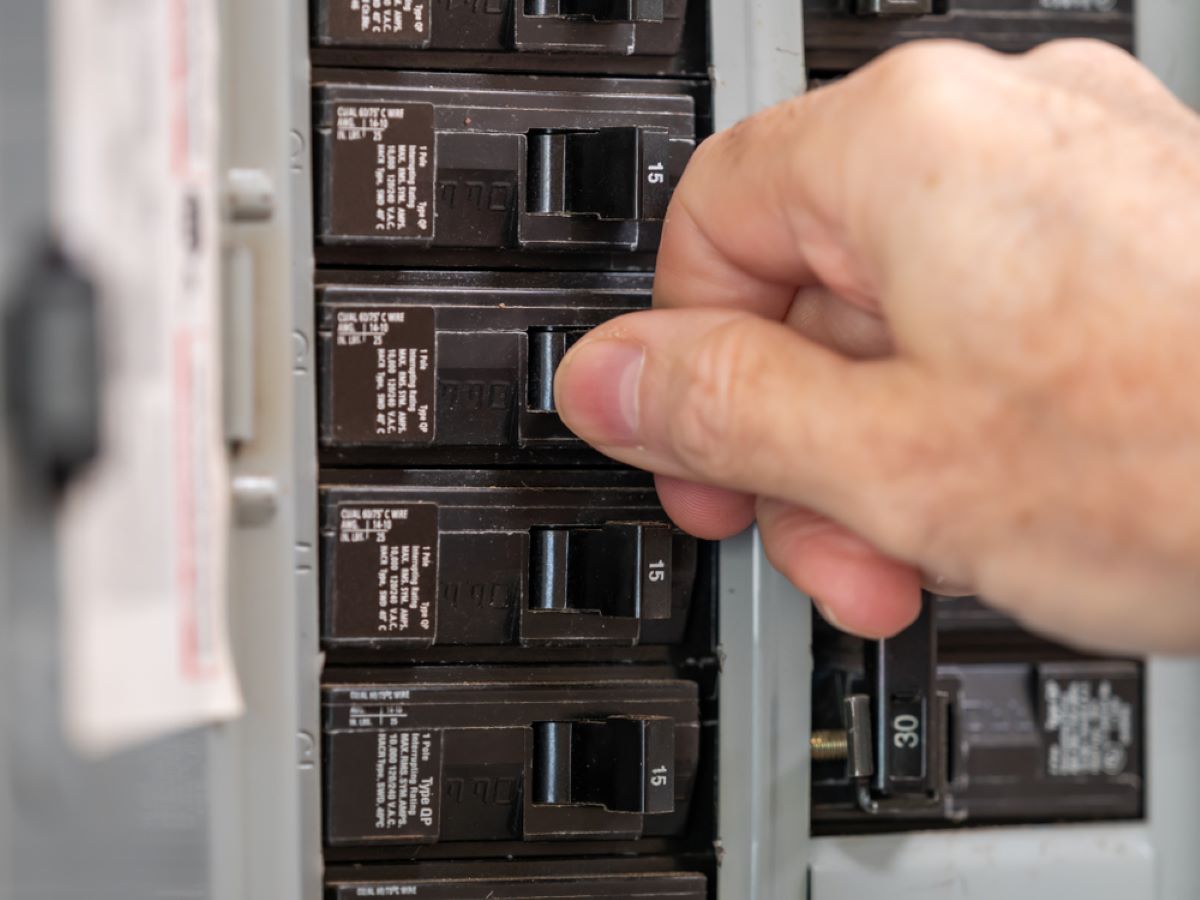

Articles
Which Way Should Breakers Face
Modified: January 6, 2024
Want to know which way breakers should face? Check out our informative articles that provide expert advice on breaker orientation and installation.
(Many of the links in this article redirect to a specific reviewed product. Your purchase of these products through affiliate links helps to generate commission for Storables.com, at no extra cost. Learn more)
Introduction
When it comes to electrical installations, one crucial consideration is the positioning of circuit breakers. Circuit breakers act as the first line of defense against electrical faults, protecting both the electrical system and the connected devices from damage or hazards. But which way should breakers face? Should they be oriented towards the incoming power or away from it?
This article will delve into the importance of breaker positioning and weigh the pros and cons of facing breakers towards or away from the incoming power. We will also explore the safety implications and impact on breaker performance to provide you with actionable recommendations for optimal breaker positioning.
Key Takeaways:
- Proper breaker positioning is crucial for safety and performance. Consider alignment with incoming power, accessibility, and labeling for optimal functionality.
- Consult with professionals and follow guidelines for breaker orientation. Prioritize safety, accessibility, and future expansion to ensure reliable electrical system operation.
Read more: Which Way Should A Pergola Face?
Importance of Breaker Positioning
Proper breaker positioning plays a vital role in the electrical system’s functionality and safety. Breakers are designed to detect and interrupt excessive current flow, preventing overloads, short circuits, and electrical fires. The orientation of the breaker can significantly impact its efficiency in performing these critical functions.
By positioning breakers in the right direction, you can enhance the overall effectiveness of the electrical system. The correct positioning ensures that the breaker’s trip mechanism and internal components align properly with the flow of electricity, allowing them to operate efficiently and accurately respond to fault conditions.
Additionally, breaker positioning can impact the accessibility and convenience during maintenance and troubleshooting. Having breakers facing the right way makes it easier for electricians to identify and isolate specific circuits during repairs or while performing routine inspections.
Furthermore, proper breaker positioning contributes to the overall aesthetics and organization of the electrical panel. Neatly arranged breakers with consistent orientation make it simpler to identify individual circuits, facilitating easier additions or modifications to the electrical system in the future.
Considerations for Breaker Orientation
When determining the orientation of circuit breakers, several factors should be taken into account. These considerations can vary depending on the specific electrical installation and requirements. Here are some key factors to consider:
- The direction of incoming power: Understanding the direction of incoming power is essential. This helps in deciding whether the breakers should face towards the incoming power or away from it.
- Panel layout: The configuration and layout of the electrical panel should also be considered. The position and arrangement of other components, such as bus bars and neutral bars, may influence the optimal orientation of the breakers.
- Clearance and accessibility: Adequate clearance and accessibility must be maintained around the breakers for safe operation and maintenance. The orientation should allow enough space for proper maneuverability and easy access to the breakers.
- Labeling and identification: Clearly labeling and identifying the breakers is crucial for troubleshooting and maintenance. The breaker orientation should allow for easy visibility and readability of the labels.
- Future expansion: Anticipating future expansion or modifications to the electrical system is essential. The breaker orientation should be planned in a way that allows for the addition of new circuits without causing confusion or overcrowding.
Considering these factors will help determine the most appropriate breaker orientation for your specific electrical installation. It is important to consult with a qualified electrician or electrical engineer to ensure compliance with local regulations and safety standards.
Pros and Cons of Facing Breakers Towards vs Away from Incoming Power
The orientation of circuit breakers, whether facing towards or away from the incoming power, has both advantages and disadvantages. Let’s examine the pros and cons of each orientation:
Facing Breakers Towards Incoming Power:
Pros:
- Better alignment: Facing breakers towards the incoming power aligns the trip mechanism and internal components with the flow of electricity. This enhances the accuracy and responsiveness of the breaker in detecting and interrupting faults.
- Easier troubleshooting: When breakers face towards the incoming power, it can be visually easier to identify the status of the circuit, as the breaker lever position corresponds to the status of the circuit (up for on, down for off).
- Improved arc flash safety: In the event of an arc flash incident, facing breakers towards the incoming power can help direct and contain the resulting blast away from the operator and other equipment, minimizing the potential for injuries and damage.
Cons:
- Accessibility: Breakers facing towards the incoming power may be slightly less accessible during maintenance or troubleshooting, as the terminal connection points are positioned on the side facing away from the user.
- Labeling challenges: When the breakers are oriented towards the incoming power, the labeling and identification of circuits in an overcrowded panel may become more challenging to read and understand.
Read more: Which Way Should Breakers Be Flipped
Facing Breakers Away from Incoming Power:
Pros:
- Easier access and maintenance: With breakers facing away from the incoming power, the terminal connections are positioned on the side facing the user, making them more accessible for maintenance and troubleshooting.
- Clear labeling: When breakers face away from the incoming power, it allows for clearer and more visible labeling of circuits, making it easier to identify and understand the functions of each breaker.
- Neater appearance: Facing breakers away from the incoming power may result in a cleaner and more organized appearance of the electrical panel, particularly if proper cable management practices are followed.
Cons:
- Alignment issues: Breakers facing away from the incoming power may not align as closely with the flow of electricity, potentially impacting their responsiveness and accuracy in detecting faults.
- Potential arc flash hazards: In the event of an arc flash incident, breakers facing away from the incoming power may direct the blast towards the operator or adjacent equipment, increasing the risk of injury and damage.
Ultimately, the decision to face breakers towards or away from the incoming power should be based on careful consideration of the specific installation requirements, accessibility needs, safety concerns, and aesthetics of the electrical panel.
Safety Implications of Breaker Orientation
The orientation of circuit breakers in an electrical panel has significant safety implications. While both orientations can be safe when properly installed and maintained, certain considerations should be taken into account to ensure the overall safety of the electrical system. Here are some safety implications to consider:
Facing Breakers Towards Incoming Power:
The following safety implications should be considered when breakers are facing towards the incoming power:
- Arc flash containment: Facing breakers in this direction can help contain the arc flash energy and direct it away from the operator and nearby equipment. This can reduce the potential for injuries and damage during an arc flash incident.
- Operator protection: When working on breakers facing towards the incoming power, proper personal protective equipment (PPE) should always be worn to protect against electrical shocks and potential arc flash hazards.
Read more: Which Way Should Breakers Be Flipped
Facing Breakers Away from Incoming Power:
When breakers are facing away from the incoming power, the following safety implications should be taken into account:
- Clear access and visibility: The orientation can provide easier access to the breaker terminals and improve visibility for maintenance and troubleshooting. This reduces the risk of accidental contact with live components.
- Clear labeling and identification: Proper labeling and clear identification of breakers are important for ensuring safety. When breakers face away from the incoming power, it allows for more visible and readable labeling, aiding in identifying the correct circuit to work on.
- Proper cable management: Face-away orientation can facilitate better cable management practices in the electrical panel, minimizing the risk of accidental contact and reducing the potential for short circuits or electrical hazards.
- Arc flash considerations: If an arc flash incident occurs, breakers facing away from the incoming power may direct the arc flash energy towards the operator or adjacent equipment. Proper arc flash mitigation techniques, such as the use of arc flash barriers or enclosures, should be implemented to mitigate any potential hazards.
Overall, the safety implications of breaker orientation depend on various factors, including installation design, maintenance practices, and adherence to safety protocols. It is crucial to follow local electrical codes and regulations and consult with qualified professionals to ensure a safe and compliant electrical system.
Read more: Which Way Should A Fence Face
Impact on Breaker Performance
The orientation of circuit breakers can have an impact on their overall performance and effectiveness in protecting electrical systems. It is important to understand the potential implications that breaker orientation can have on performance. Here are some key considerations:
Facing Breakers Towards Incoming Power:
When breakers are facing towards the incoming power, several performance-related factors come into play:
- Alignment and response time: Breakers aligned with the direction of current flow can provide optimal response time in detecting and interrupting excessive current. The trip mechanism and internal components are designed to operate most effectively when aligned with the flow of electricity.
- Sensitivity to fault conditions: Breakers facing towards the incoming power may be more sensitive in detecting fault conditions due to their alignment, ensuring prompt interruption of faulty circuits and preventing potential damage.
- Overload protection: Breakers oriented in this manner are better equipped to handle overload conditions as they are optimally positioned to monitor current flow accurately.
Read more: Which Way Should Breakers Be Flipped
Facing Breakers Away from Incoming Power:
When breakers are facing away from the incoming power, certain performance aspects should be considered:
- Alignment challenges: Breakers facing away from the incoming power may not align as closely with the current flow, potentially affecting their response time and accuracy in detecting and interrupting faults.
- Reduced sensitivity: Breakers situated in this orientation may be less sensitive to fault conditions due to their alignment, resulting in a slightly delayed response in detecting and interrupting excessive current.
- Accessibility and operation: Breakers facing away from the incoming power are generally more accessible for maintenance and operation, as the terminal connections are positioned on the user-facing side. This can enhance convenience and ease of use.
While the impact on breaker performance may vary depending on specific circumstances, it is important to consider the overall alignment with the flow of current and the manufacturer’s recommendations for optimal performance. Adhering to proper installation procedures and regularly maintaining the breakers can help ensure their reliable and efficient operation.
Consulting with a qualified electrician or electrical engineer is crucial to determining the most suitable breaker orientation for your specific electrical system, taking into account safety requirements and performance considerations.
Recommendations for Breaker Positioning
Based on the considerations, pros and cons, and safety implications discussed earlier, here are some recommendations for breaker positioning in an electrical panel:
- Follow manufacturer’s guidelines: Always refer to the manufacturer’s recommendations for breaker orientation. They have specific instructions and guidelines for optimal performance and safety.
- Consider alignment with the current flow: The breaker orientation should align with the direction of the incoming power. This ensures the trip mechanism and internal components are properly aligned for accurate response and protection.
- Ensure proper accessibility: Breakers should be positioned in a way that allows for easy accessibility during maintenance and troubleshooting. Consider the user’s convenience and safety when determining the orientation.
- Label and identify breakers clearly: Proper labeling and clear identification of breakers are essential for safety and ease of use. Ensure that labels are visible and readable, regardless of the breaker orientation.
- Follow local electrical codes and regulations: It is imperative to comply with local electrical codes and regulations when positioning breakers. These codes may have specific requirements or guidelines for breaker orientation.
- Consider future expansion: Plan for potential future expansion or modifications to the electrical system. Leave enough room for additional breakers and circuits without overcrowding the panel.
- Implement proper cable management: Arrange the cables and wires in a neat and organized manner to minimize the risk of accidental contact and interference with breaker functionality.
Remember, it is essential to consult with a qualified electrician or electrical engineer to ensure compliance with safety standards and to receive personalized recommendations based on your specific electrical installation.
By adhering to these recommendations, you can optimize the performance, safety, and accessibility of the circuit breakers in your electrical system.
When installing a breaker, make sure the “on” position is facing towards the center of the panel. This ensures proper alignment and reduces the risk of accidental switching.
Read more: Which Way Should A Toilet Paper Holder Face
Conclusion
The orientation of circuit breakers, whether facing towards or away from the incoming power, is a crucial consideration in electrical installations. It directly impacts the performance, safety, and accessibility of the electrical system. It is important to weigh the pros and cons, along with the safety implications, when determining the best breaker positioning.
While facing breakers towards the incoming power allows for better alignment, improved arc flash safety, and easier troubleshooting, it may present challenges in terms of accessibility and labeling. On the other hand, facing breakers away from the incoming power provides easier access, clear labeling, and a neater appearance but may have alignment and potential arc flash hazards.
Considering factors such as the direction of incoming power, panel layout, clearance and accessibility, labeling, future expansion, and following local codes and regulations, will help guide the decision-making process for breaker orientation.
Ultimately, the goal is to optimize breaker performance, ensure safety, and enhance the overall functionality of the electrical system. Consulting with a qualified electrician or electrical engineer is crucial to determine the best breaker positioning for your specific installation, taking into account safety standards, performance considerations, and local regulations.
By following recommendations, adhering to proper installation procedures, and conducting regular maintenance, you can ensure that your breakers are positioned optimally, providing reliable protection and facilitating efficient operation of your electrical system.
Frequently Asked Questions about Which Way Should Breakers Face
Was this page helpful?
At Storables.com, we guarantee accurate and reliable information. Our content, validated by Expert Board Contributors, is crafted following stringent Editorial Policies. We're committed to providing you with well-researched, expert-backed insights for all your informational needs.
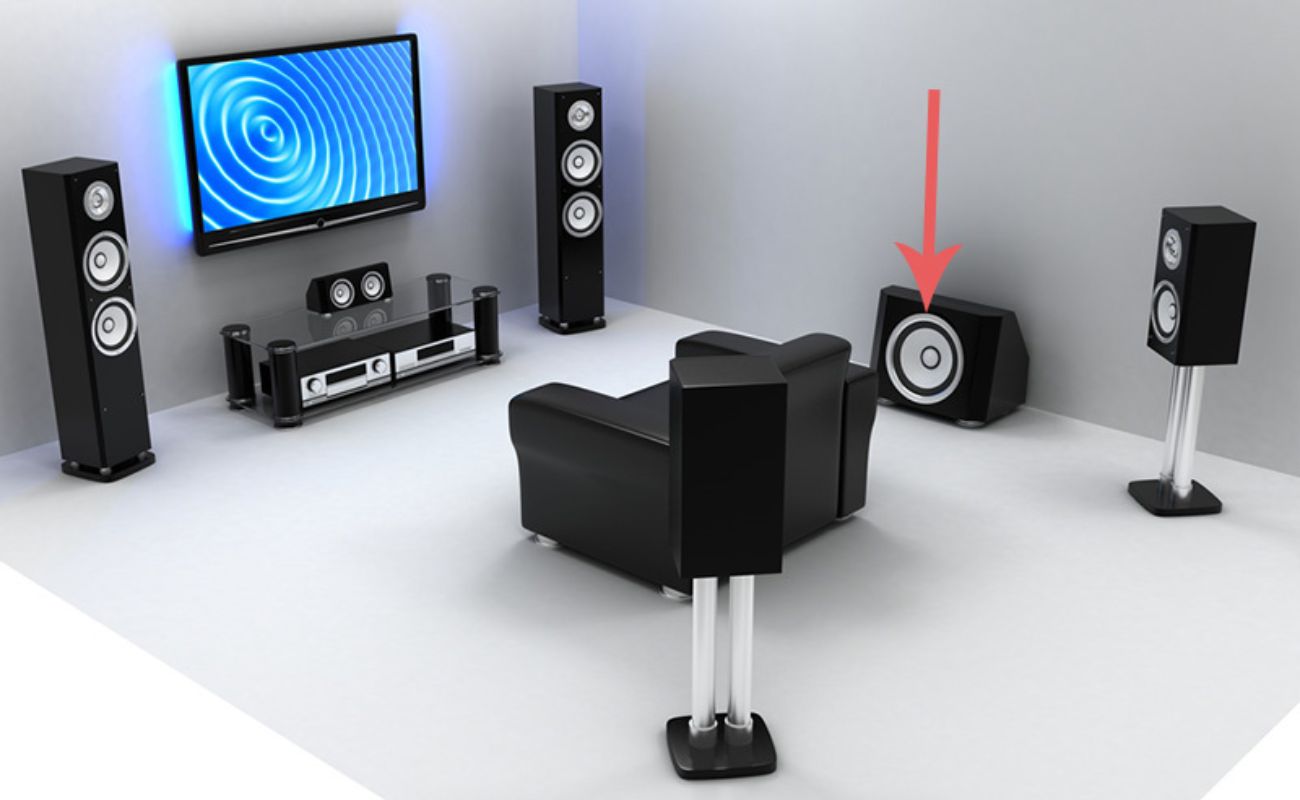

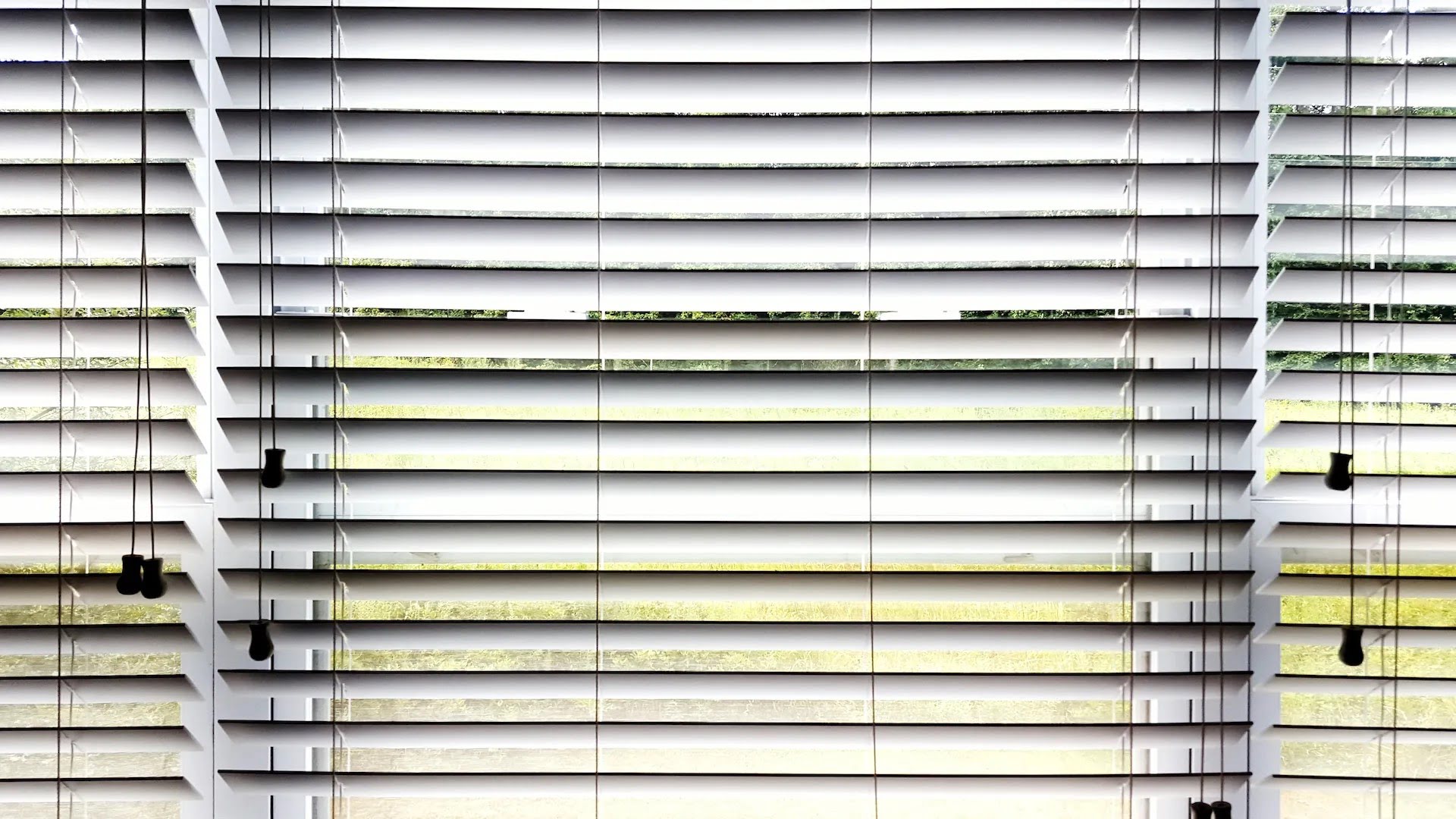
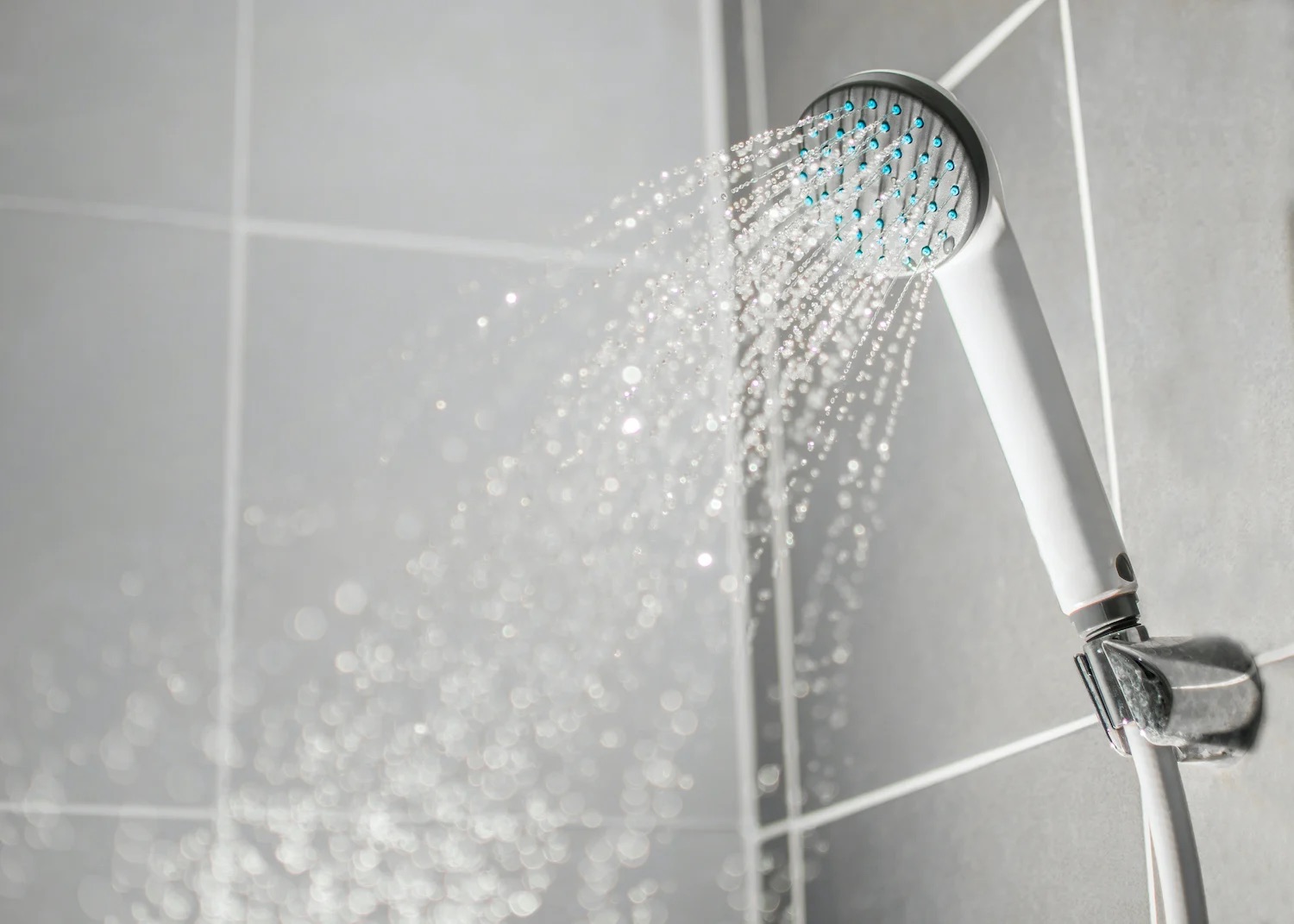

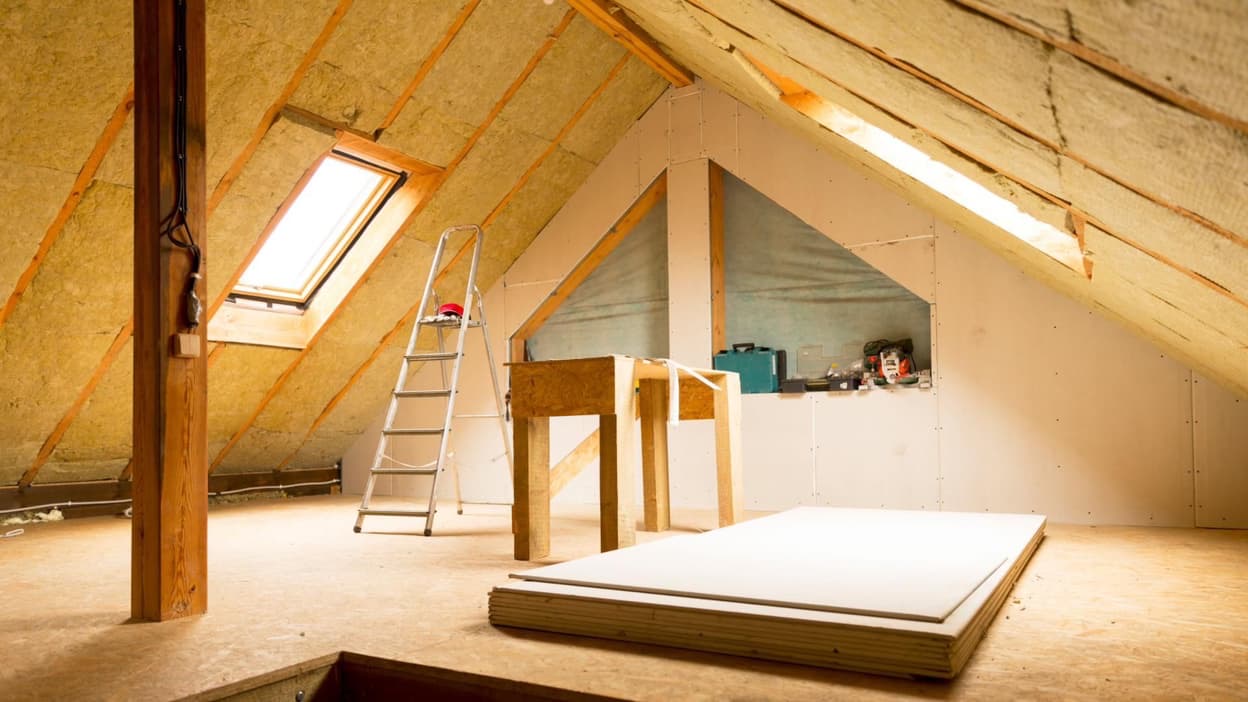




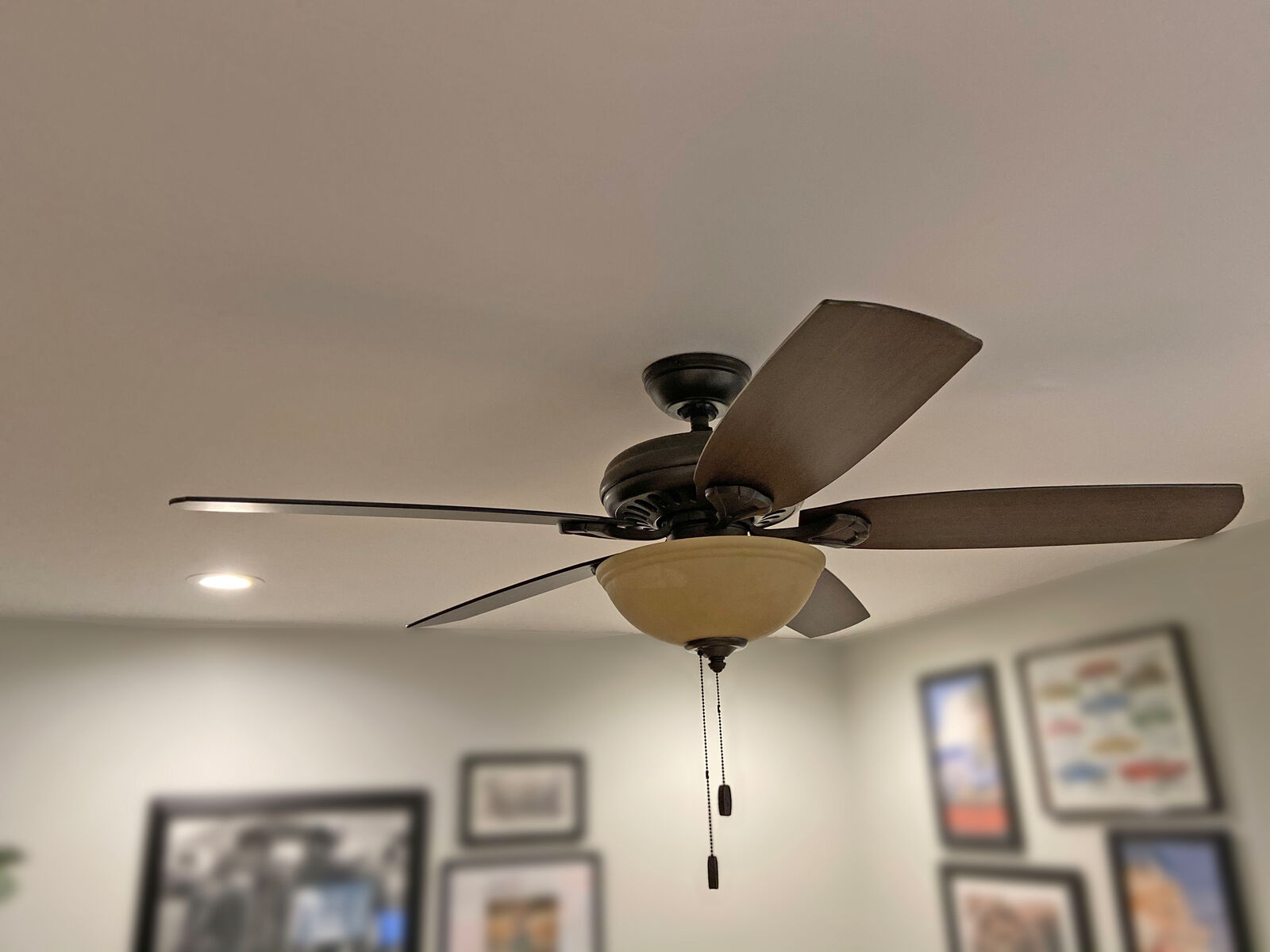
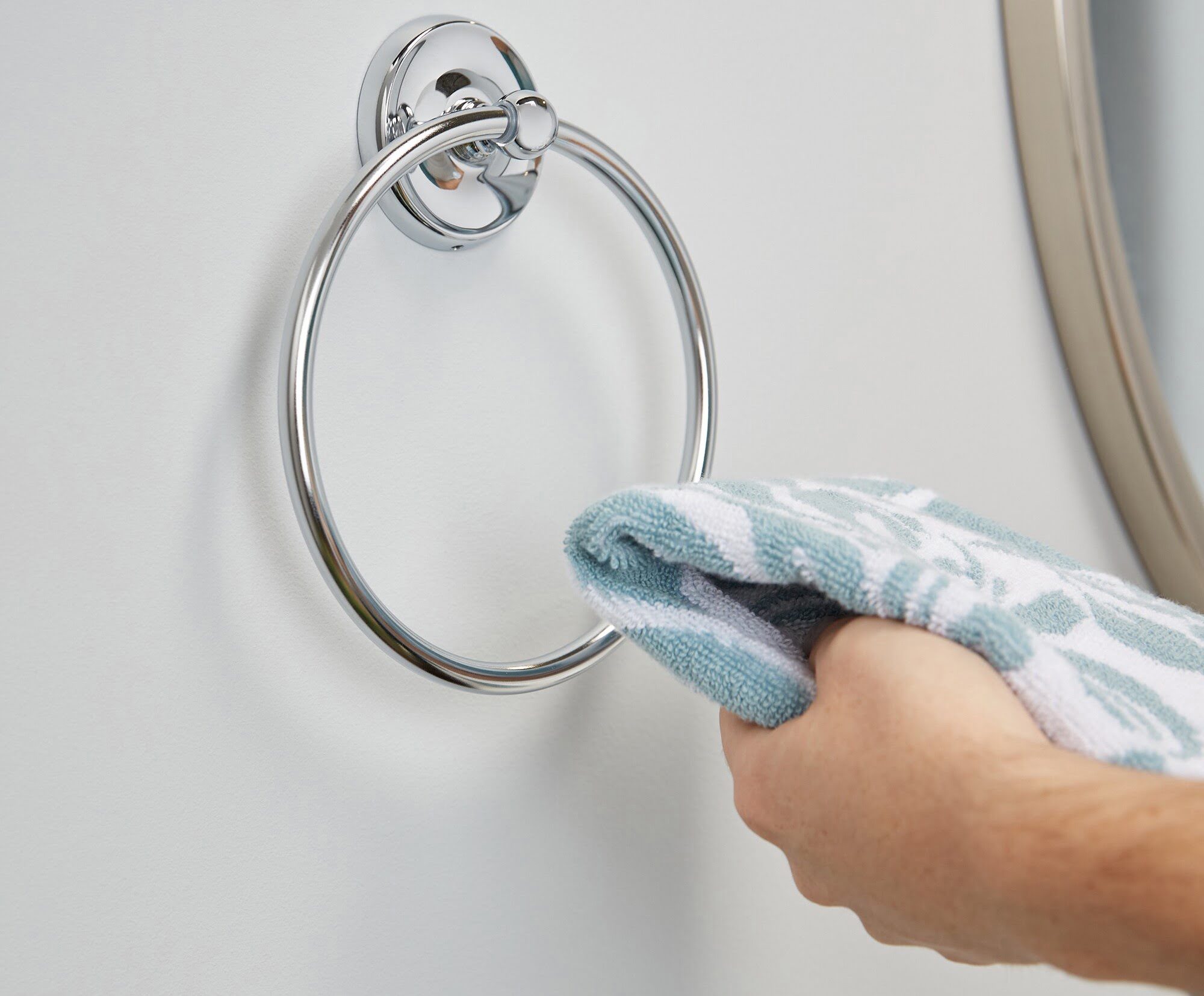

0 thoughts on “Which Way Should Breakers Face”